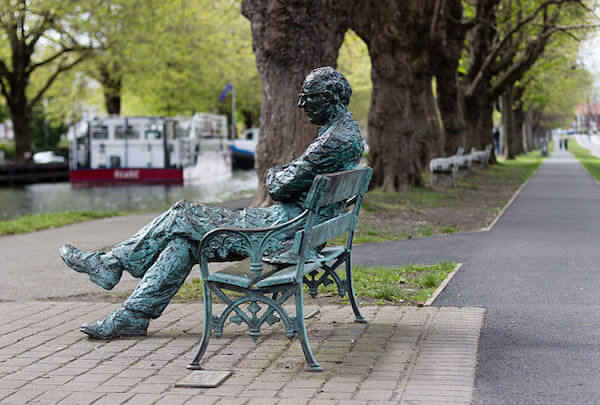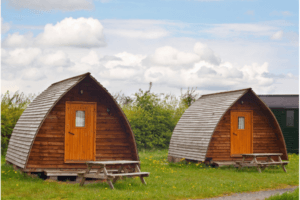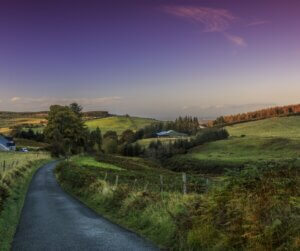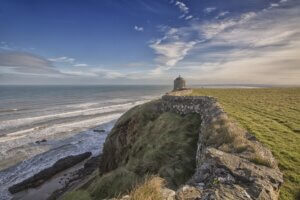Are you a fan of Irish literary works? Beyond the best-sellers, are you curious to know more about Ireland’s famous writers and in the process, discover the places that influenced them most? If so, you’ll want to know about these 8 Irish writer attractions and where you can find them.
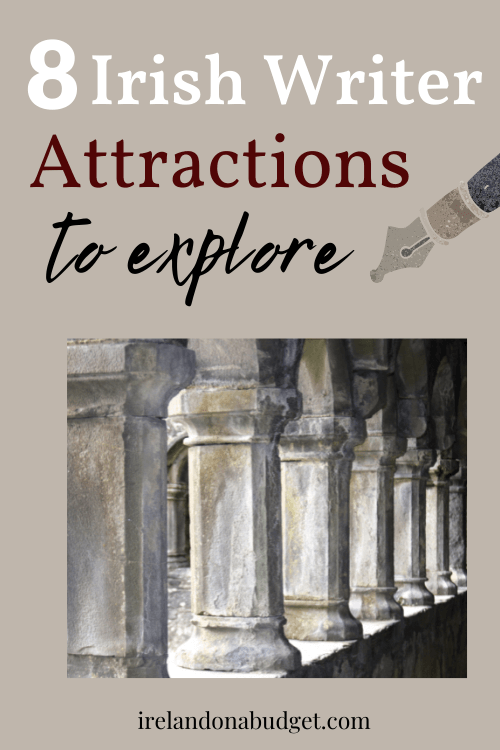 This post and page contain affiliate links and I may earn compensation when you click on the links at no additional cost to you.
This post and page contain affiliate links and I may earn compensation when you click on the links at no additional cost to you.
Seamus Heaney, HomePlace Visitor Center, Ballaghy, Co. Derry
The Irish writer/poet Seamus Heaney, also a Nobel Laureate, is loved the world over.
He is described by many as the greatest Irish poet since William Butler Yeats.
Heaney was a native of Bellaghy, Co. Derry, about 45 minutes from Derry/Londonderry.
He drew much of his inspiration from the place where he grew up, often writing about the ordinary things in life, especially his own experiences of rural Ireland.
His writings also dealt with modern Northern Ireland, both the countryside and its cities, as well as the people who lived there and who were all affected by the region’s civil unrest.
You’ll learn more about the life and literature of this incredible Irish writer when you visit Seamus Heaney HomePlace, an arts/literature center located in the village and one of the 8 Irish writer attractions to explore.
The center, which is housed in a building transformed from an old, heavily fortified RUC police station, is also about a 45-minute drive from Belfast.
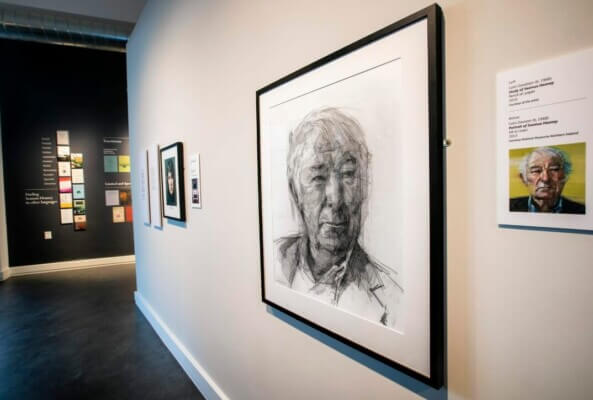
During your visit, you’ll find a permanent exhibition documenting Heaney’s life and poems, including many personal artifacts such as a duffel coat and dozens of family photos.
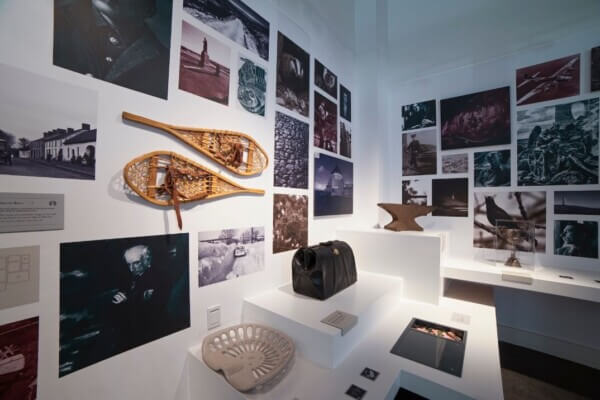
Adding to the Heaney story are recordings from friends and neighbors, as well as world leaders and cultural figures. There is also audio of the poet himself reading from one of his poems.
By clicking on the Amazon link below, I may earn a small commission from the Amazon Associates Program. However, you will not incur any additional costs by doing so.
You’ll also see the desk that Heaney used when writing his works, as well as a large selection of books from his home, all donated by his family.
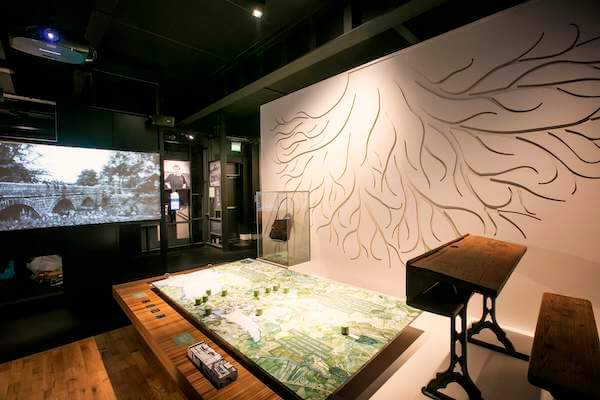
The center is open 7 days a week. Admission for adults is £7; £4.50 for children 8 and over, and £19 for families.
James Joyce, Martello Tower & The James Joyce Centre, Dublin
The Martello tower in the seaside village of Sandycove, about 7 miles from Dublin’s City center, is where Irish writer James Joyce spent six nights in 1904.
Known as the James Joyce Tower and Museum, it left such an impression on Joyce that inspiration for the opening scenes of his novel, “Ulysses,” came from there.
His university friend, Oliver St. John Gogarty, was already living in the tower when he moved in.
On Sept. 14, 1904, Joyce abruptly left and soon after, moved to Zurich, Switzerland, with his partner Nora Barnacle, who would later become his wife.
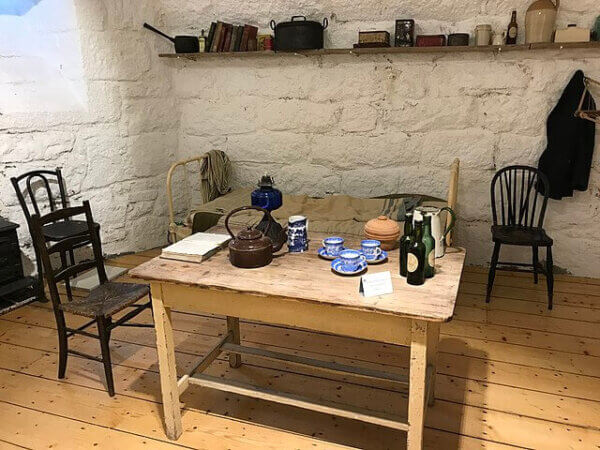
Inside the tower/museum, you’ll find some of Joyce’s possessions and other objects associated with the Ulysses novel.
The living space is set up to resemble what a room in 1904 would have looked like.
This place, one of the 8 Irish writer attractions you should consider visiting, is popular with Joyce devotees, especially in June of every year during the annual Bloomsday Festival.
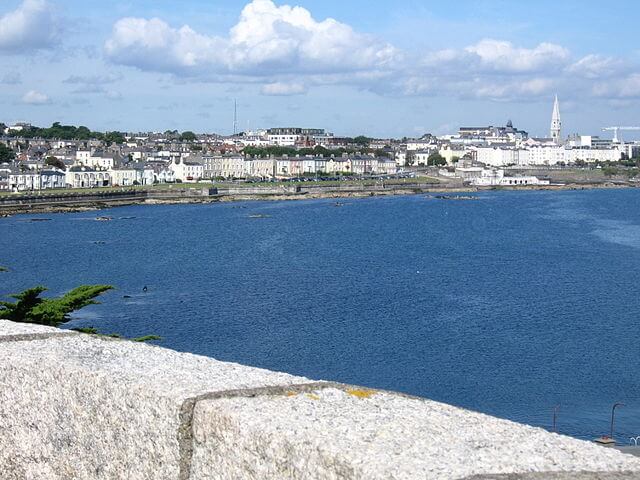
Eytan6 – Own work, CC BY-SA 3.0, https://commons.wikimedia.org/w/index.php?curid=23671712
From the tower, you’ll be able to see nearby Dun Laoghaire (pronounced “Done Leerey”) and the South Dublin coastline.
The museum is open 365 days a year, from 10 a.m. to 6 p.m. (until 4 p.m. during the winter). Admission is free.
The James Joyce Centre is located in a beautiful Georgian townhouse in the center of Dublin.
There you'll find historical and biographical information about Joyce and his influence on Irish literature.
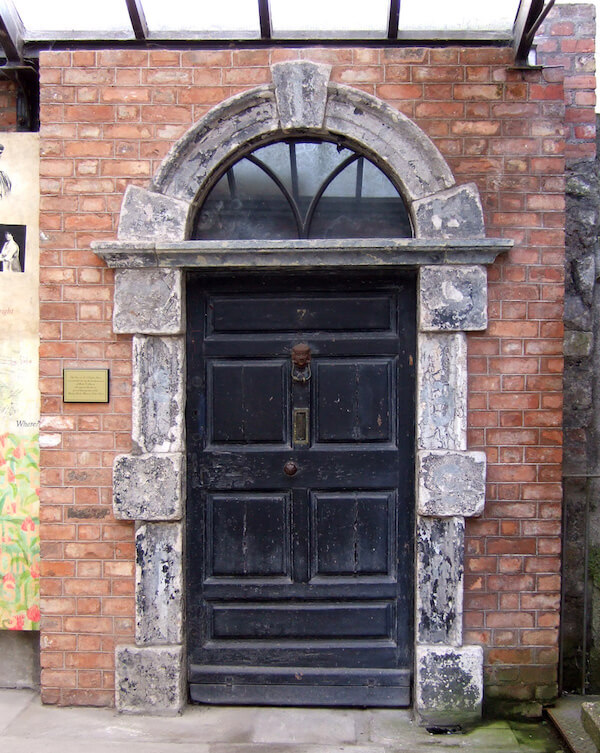
One of the popular exhibits in the museum is the No 7 Eccles Street door from Joyce's novel, Ulysses, as well as a recreation of his apartment in Paris, art exhibitions, and much more.
Walking tours, workshops and lectures are offered at the center.
The center is open at various times throughout the year. Check the website for more details. Admission for adults is €8 and €4 for students and seniors.
By clicking on the Amazon link below, I may earn a small commission from the Amazon Associates Program. However, you will not incur any additional costs by doing so.
Patrick Kavanagh, The Patrick Kavanagh Centre, Monaghan
While Irish poet Patrick Kavanagh was born in County Monaghan, he spent much of his life in Dublin and London.
That said, the Patrick Kavanagh Centre located in his hometown of Inisheen is where you'll discover more about the man, considered one of the foremost poets of the 20th century.
Kavanagh, who was born in 1903, is credited with writing the novel “Tarry Flynn” and the poems, “Raglan Road” and “The Great Hunger,” among other works.
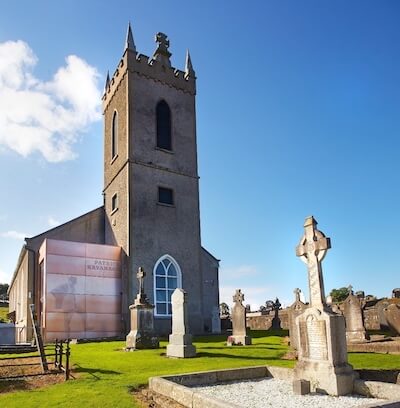
Both Tarry Flynn and The Great Hunger differed from how other Irish writers of the time were portraying Ireland.
Kavanagh’s works focused more on the misery of rural life and allowed the likes of Heaney, mentioned above, to later write about the ordinary lives of the Irish people.
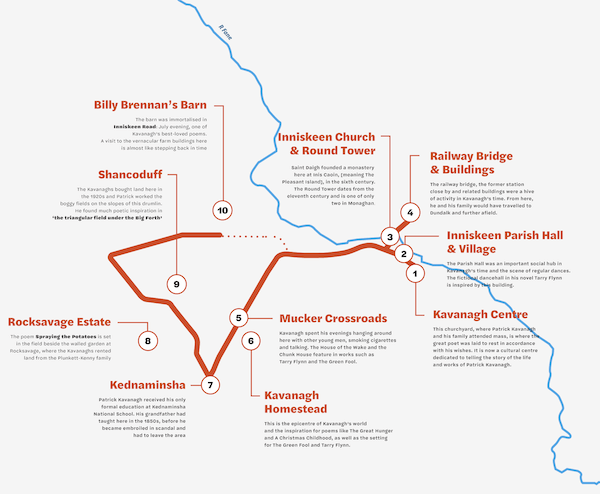
Visitors to the center can also take the Kavanagh Trail, which begins there and makes its way through the village, down lanes, and over the fields.
One of the stopping points of interest along the trail is the Kavanagh homestead, the inspiration for Tarry Flynn, The Great Hunger, and one of his other well-known poems, “A Christmas Childhood,” retelling a magical Christmas that he experienced at the age of 6.
Brendan Behan, The Royal Canal, Dublin
Along the banks of the Royal Canal in Dublin you'll find the Brendan Behan Plaque just off Dorset Street.
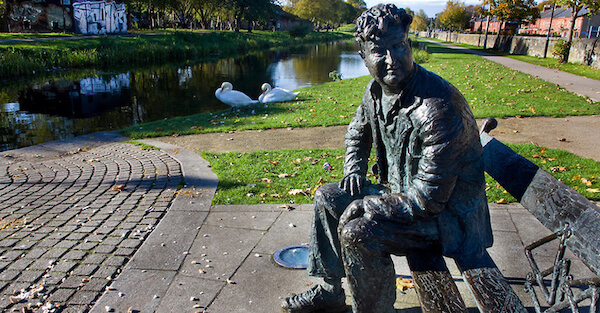
Behan was a staunch Irish Republican, a poet, short story writer, novelist, and playwright who wrote in both the English and Irish language. He is considered one of the greatest Irish writers and poets of all time.
The statue of him is located close to Mountjoy Jail where Behan spent close to four years for the attempted murder of two policemen in Dublin.
He was no stranger to incarceration having previously spent several years at a borstal prison in England where he wrote his autobiographical work, “Borstal Boy.”
It is among his greatest literary achievements. His other works included “The Quare Fellow” and “The Hostage.”
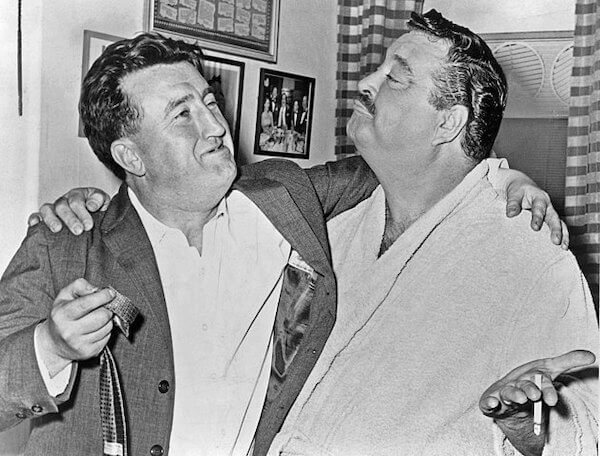
A heavy drinker, Behan died at the age of 41.
The Royal Canal was built in 1790 for freight and passenger transportation.
In its heyday during the mid-1800s (and at the height of the Famine), close to 50,000 people used the boats on the canal, with more than 100,000 tons of goods transported up and down the canal as well.
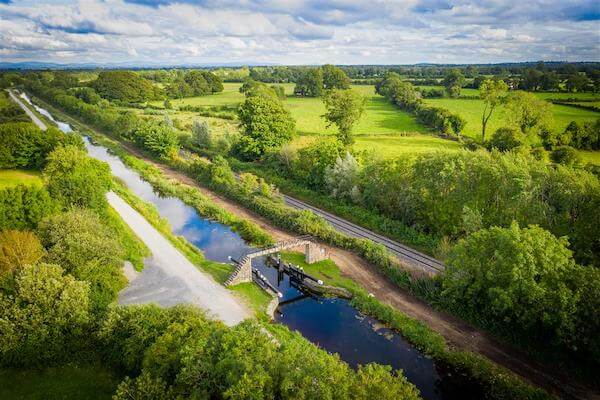
Outside of Dublin, you can enjoy the canal by cycling or walking on the pathway parallel to it known as The Royal Canal Greenway.
The National Famine Way trail can also be found along the canal.
See Dublin's Museums with the Dublin Pass
John Millington Synge, Teach Synge, Inishmaan, Aran Islands, Co. Galway
If you find yourself on Inishmaan, one of the Aran Islands off the coast of Co. Galway, be sure to visit Teach Synge (pronounced “Tchok Sing”), a restored 300-year-old cottage.
That is where the Irish playwright John Millington Synge spent much of his time writing about the lives of the local people.
Synge, who also was a poet, prose writer, travel writer, and collector of folklore, was a key figure in what was known as the Irish Literary Revival.
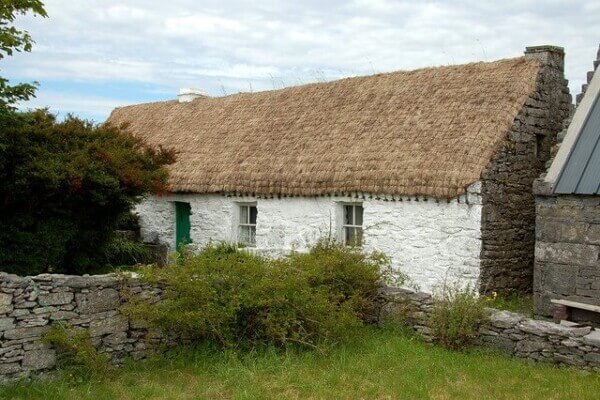
He was also one of the co-founders of the Abbey Theatre in Dublin.
Today, the cottage has been restored and is a museum to the life and work of the celebrated writer.
While Synge came from the Protestant upper classes, he wrote mostly about the world of the Catholic peasants in rural Ireland.
His most famous works include “Riders to the Sea,” proclaimed as one of the finest one-act tragedies of the 20th century, and “The Playboy of the Western World,” a masterful drama.
You’ll see an array of Synge memorabilia, including photographs, drawings, and letters. A converted stone outhouse holds a small reference library by and about Synge, as well as Yeats and Lady Augusta Gregory, the Irish dramatist, folklorist, and theater manager.
William Butler Yeats, Sligo Abbey
While the Irish writer and poet William Butler Yeats was actually born in Dublin, he had a great love for Sligo and spent much of his summer holidays there.
Yeats’s grandparents on his mother’s side were from Sligo.
Certain places in Sligo influenced his writings. One of them is Sligo Abbey, which featured in two of his stories, including “The Crucifixion of the Outcast” and “The Curse of the Fires and the Shadows.”
The abbey was founded in the mid-13th century by Maurice Fitzgerald. Over the centuries, it was burned and pillaged. However, a 15th-century high altar, the only one to survive in any monastic church in Ireland, is still there to this day.
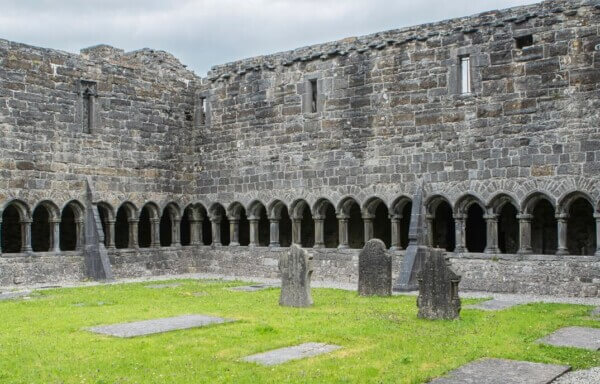
It is open from March through October. Admission is €5 for adults, €4 for seniors, and €13 for a family.
Lough Gill
Yeats’s poem, “The Lake Isle of Innisfree,” is based on the poet’s memories of the Isle of Innisfree, an uninhabited island on Lough Gill.
Yeats said he got the inspiration for the poem while strolling down Fleet Street in London.
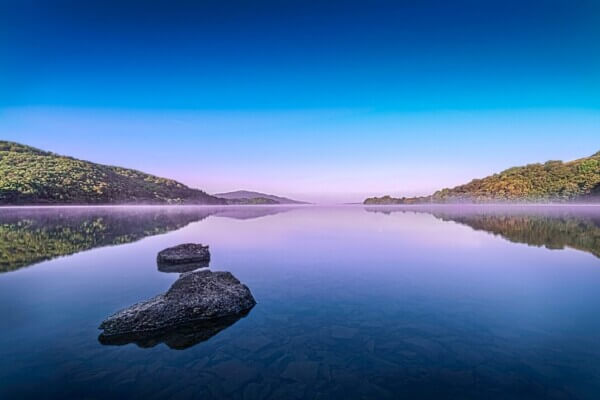
You can glimpse the tiny island on a boat tour of Lough Gill, which contains about 19 other small islands. Much of the lake is in County Sligo, although some of it can be found in nearby Co. Leitrim.
You won’t be able to set foot on the island, however. The closest you’ll get to it is by boat from Parke’s Castle.
The Rose of Innisfree takes passengers around the lake, giving them an opportunity to see the island up-close as well, in addition to experiencing the unique microclimate that exists there.
Other stops along the tour include Glencar Waterfall and Yeats’s grave in Drumcliff.
Lissadell House
Another place in Co. Sligo that is featured in Yeats’s work includes Lissadell House, the home of the Gore-Booth family.
Yeats got to know the family during his summers in Sligo. His great grandfather, John Butler-Yeats, was a rector of the nearby church in Drumcliff. Before he was known as one of the country's most famous Irish writers, Yeats and his brother, Jack, would go as children to Lissadell for cricket matches and horse racing.
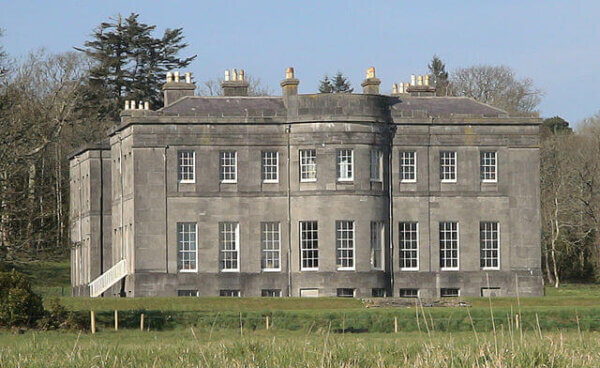
It was during these times that he became friendly with the Gore-Booth sisters, Constance and Eva.
Constance is better known as Countess Markievicz, a revolutionary who was the first woman elected to the Irish government.
No visit to Sligo is complete without visiting Lissadell House.
On a 45-minute guided tour, you’ll see much of the formal reception rooms, including the Billiard Room; the Bow Room, and its windows, made famous by Yeats in his poem, “In Memory of Eva Gore-Booth and Con Markievicz.”
“The light of evening, Lissadell, Great windows open to the south, Two girls in silk kimonos, both Beautiful, one a gazelle” are some of the lines from this lovely poem that pays tribute to the sisters.
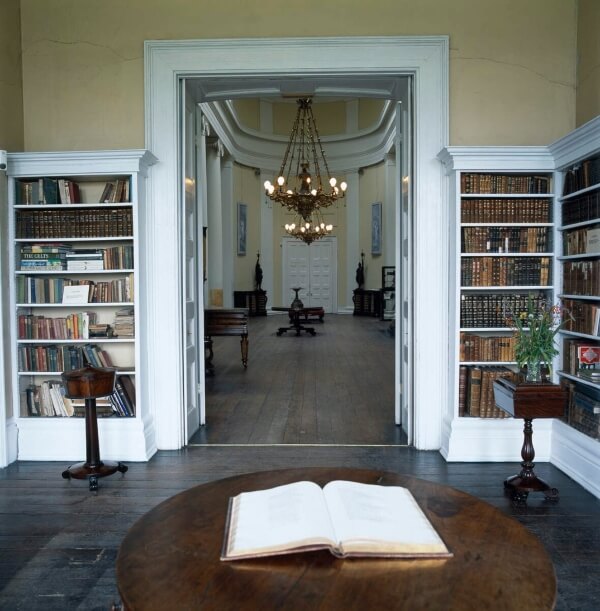
The Ante Room and the Drawing Room are also included in the tour, in addition to the downstairs portion of the house, which includes the kitchen and servants’ hall, the wine cellar, the china room, and the butler’s pantry, among other areas of the house.
The two-acre Alpine Garden is also worth a visit. It was first created in 1740 and thrived under the care of Sir Josslyn Gore-Booth, brother to the Gore-Booth sisters.
After 60 years of neglect, the garden was restored in 2004. You can still see the Alpine rockeries that Gore-Booth put in place and the flowers and plants that he brought to Lissadell from all across the world.
Are there other famous Irish writers that you particularly like? If so, let me know in the comments below. As always, be sure to sign up for my free e-newsletter where you’ll get inside tips on getting to Ireland on a budget.

